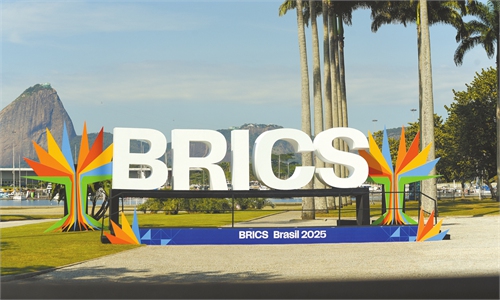AUCKLAND: Trade between Malaysia and New Zealand is expected to increase by 50% in the next five years, says Datuk Seri Dr Ahmad Zahid Hamidi.
The Deputy Prime Minister said forging closer bilateral and trade ties with New Zealand was more crucial now in light of the changing global landscape.
“Our shared target to increase Malaysia-New Zealand trade by 50% by 2030 is not only achievable but necessary in a world where regional resilience matters more than ever,” he said during the Asean-New Zealand Business Council Engagement session held here yesterday.
He said trade agreements such as the Malaysia-New Zealand Free Trade Agreement (MNZFTA) and Asean, Australia, New Zealand Free Trade Area (AANZFTA) serve as a catalyst for boosting bilateral trade.
In 2024, he said the trade volume reached RM10.72bil (US$2.34bil), making Malaysia New Zealand’s second-largest trading partner within Asean.
“These numbers aren’t just statistics; they reflect confidence, connectivity and commitment between our economies,” added Ahmad Zahid, who is in New Zealand for a five-day working visit.
He said the MNZFTA also enabled 99.8% of New Zealand’s exports to enter Malaysia duty-free, with the AANZFTA also increasing exports to Asean by nearly 60% since 2010.
“The AANZFTA is working well and should continue to be strengthened. Malaysia has also doubled its usage of AANZFTA benefits, from RM5.8bil in 2016 to RM12.9bil in 2023,” he added.
With the recent upgrade to AANZFTA and the momentum created through the Regional Comprehensive Economic Partnership (RCEP), Ahmad Zahid said that both nations were better positioned to build a fair, modern and sustainable trade architecture.
AANZFTA, a trade agreement between Asean member states, Australia and New Zealand, came into force in 2010 and is a key pillar in both nations’ ties with South-East Asia.
The upgrade of AANZFTA came into force on April 21 this year to further reduce export barriers while boosting trade in the region.
Ahmad Zahid said Malaysia was looking at three key areas – sustainability, digital transformation and food security – to deepen trade collaboration between the two countries.
“New Zealand, with 87% of its electricity sourced from renewables, is a leader in green transition. This aligns closely with Malaysia’s commitment to achieving net-zero emissions by 2050.
“There is vast space for cooperation in clean energy, carbon markets and low-carbon technology,” he added.
On Malaysia’s part, Ahmad Zahid said the MyDigital agenda complements New Zealand’s strengths in ICT (information, communication and technology), offering opportunities for joint ventures in AI, smart cities, cybersecurity and digital trade governance.
“The agri-food sector also offers enormous potential. As Asean’s middle class grows and consumption patterns shift, New Zealand’s reputation for quality, traceability and innovation fits well with Malaysia’s strengths in halal certification and regional logistics.”
Ahmad Zahid, who is also Rural and Regional Development Minister, said it was crucial that the bilateral economic partnership continues to be grounded in human connection.
“Thousands of Malaysian students have studied in New Zealand and tourism between our nations continues to thrive.
“These exchanges are not just heartwarming, they are the glue that holds economic ties together, builds trust and creates long-term understanding,” he added.
On economic growth between New Zealand and Asean, Ahmad Zahid said it must be inclusive of micro, small and medium-scale enterprises (MSMEs) so that the latter was not left behind.
To achieve this, he said it must entail improving access to trade finance, digital tools, and capacity building between Asean member states and New Zealand.
Mara to sponsor 100 students bound for NZ varsities | The Star











